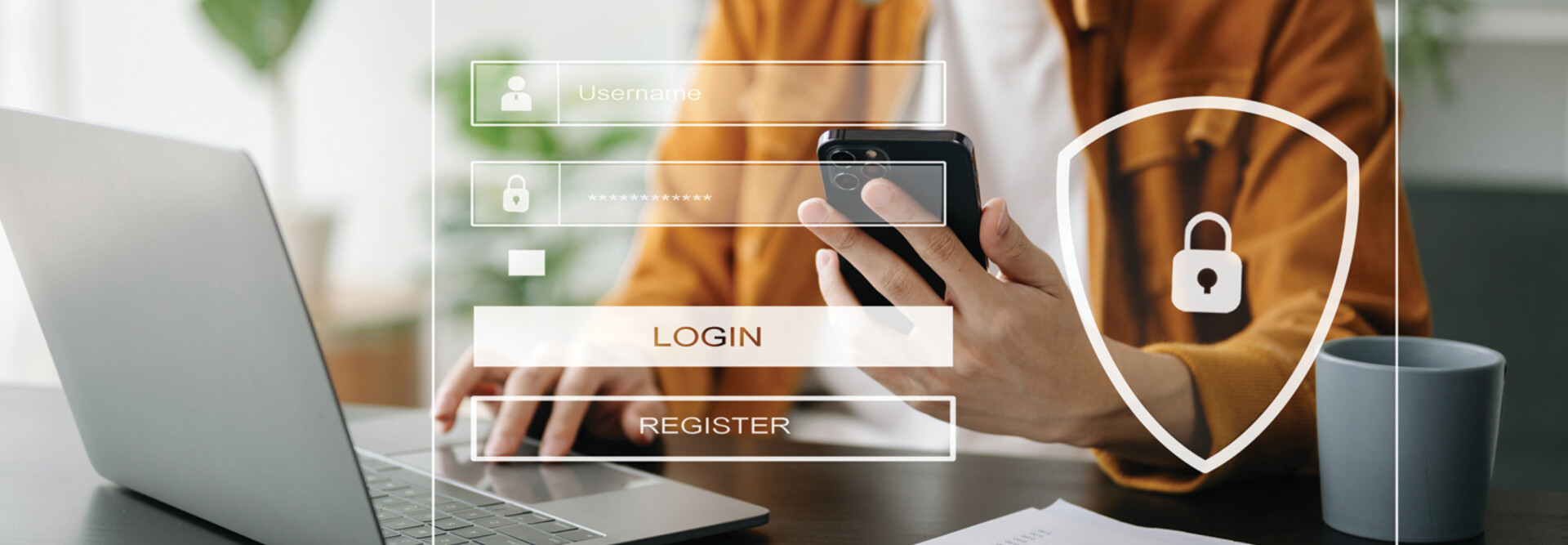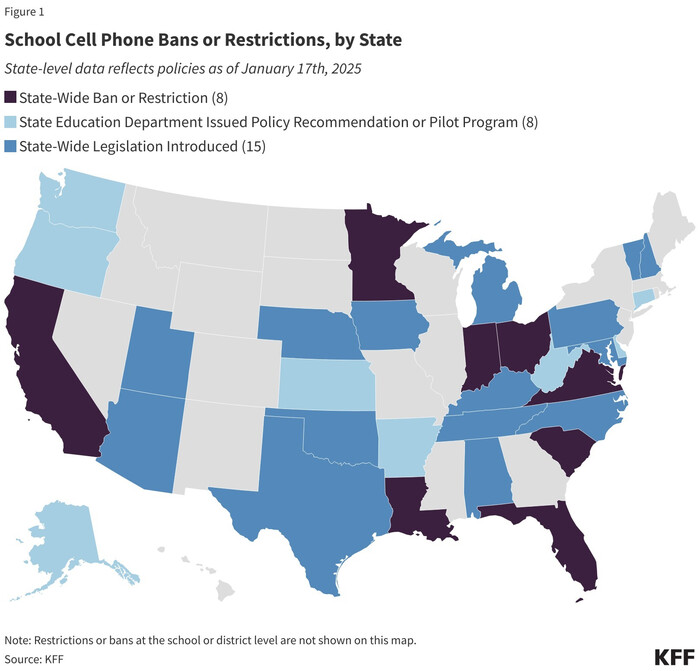One method that schools can employ is passwordless authentication. This frequently uses biometric authentication and could require a fingerprint or face recognition. Fingerprint sensing technology isn’t available on all school devices, however. And while this may be a great option for authenticating staff, some parents won’t consent to students’ faces being used for this security feature.
There are also ways to authenticate via social media; for example, Google Workspace uses YouTube to sign users in.
Hard tokens and soft tokens are other potential authentication methods. When considering USB drive hard tokens, IT departments should first ensure users’ devices have USB ports.
However, with the right hardware, hard tokens are ideal for staff members that don’t want to use their personal phones.
Schools using this MFA solution should train users on how to keep their hard tokens safe. It’s best to have a policy in place where the user is responsible for the cost of replacing a lost token.
DISCOVER: Go beyond authentication in identity and access management.
International Students Pose Unique Hurdles
Private, independent and charter schools face many of the same barriers to MFA as public schools. However, a common problem for these schools is their significant population of international students.
If these students brought their own smartphones to the U.S. and are communicating by relying on Wi-Fi and messaging apps, then text messages triggered by authentication could be costly. Conversely, if the student acquires a U.S.-based phone, the messages originating in the U.S. for authentication could incur costs for the students — or the school — when student return abroad over breaks.
On top of that, there is sometimes the added challenge of language barriers for students and their families.
MORE ON EDTECH: What is the role of artificial intelligence in K–12 schools?
In these instances, authentication software can help. Microsoft’s Authenticator and Okta are examples often used in school districts for staff and students. Not only will they often download or display in a student’s native language, but they also function via Wi-Fi, eliminating messaging fees.
Any MFA Solution Will Fail Without Appropriate Training
One extremely important element of multifactor authentication is training. As with any new security feature or educational technology, a lack of training will render any well-intended MFA solution useless.
If users don’t adopt it, it won’t work. It doesn’t matter what IT puts on someone’s computer. If there’s a lack of buy-in, it’s going to become a thorn in everybody’s side.
Districts must stand firmly behind their new security measures, and they must help users understand the importance of protecting their data and identities.










![[title]Connect IT: Bridging the Gap Between Education and Technology](http://www.edtechmagazine.com/k12/sites/default/files/articles/2014/05/connectit.jpg)




